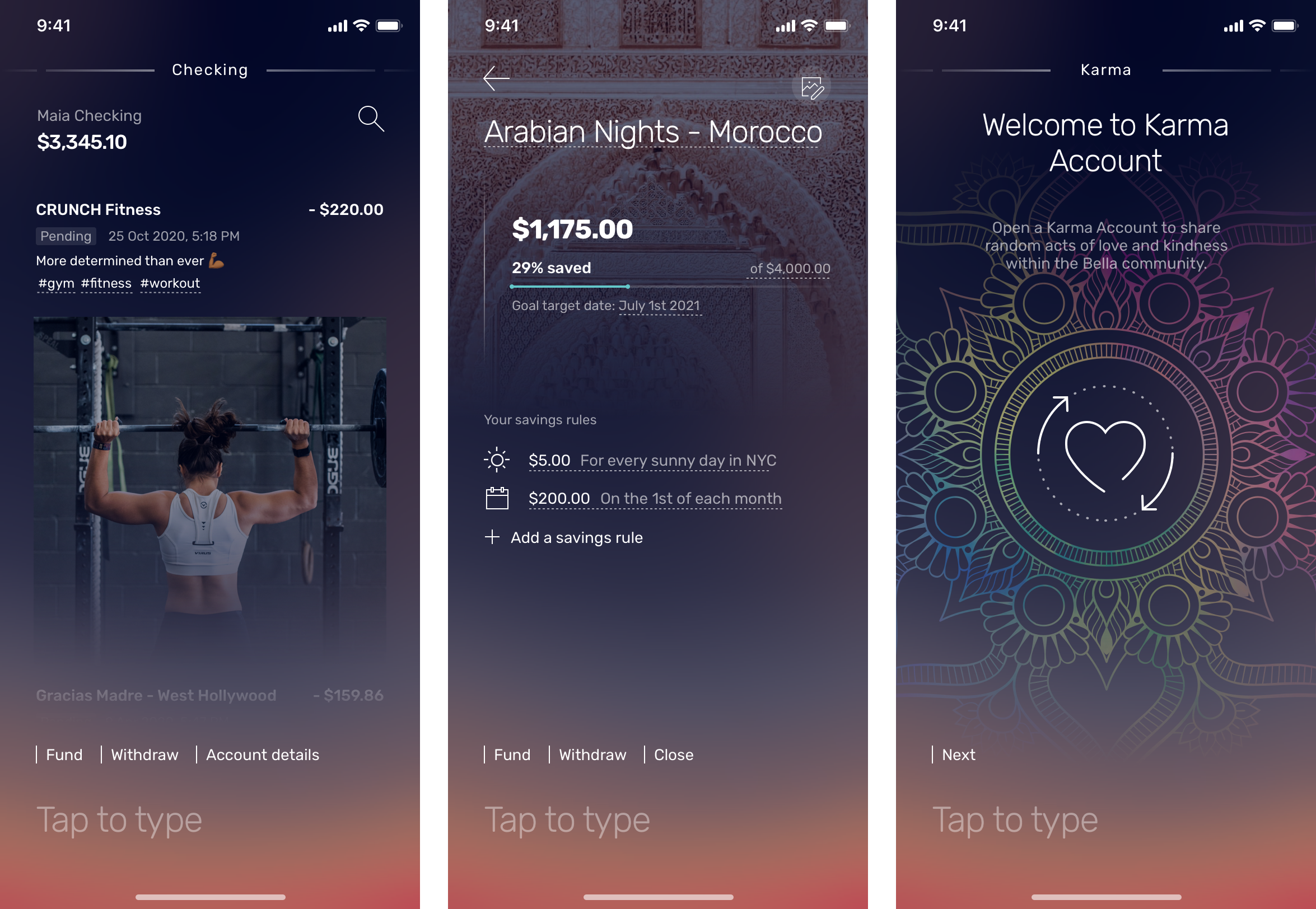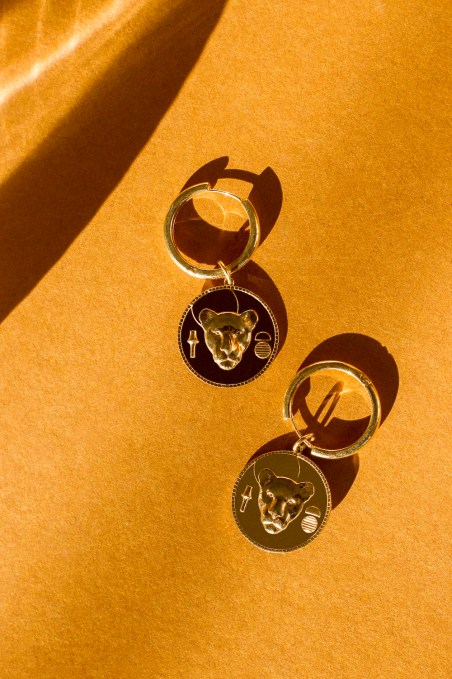Jinx is launching a simple way to buy dog food and manage orders via text message.
The startup says it has developed “the first text-to-buy platform in the legacy pet food space,” in partnership with its investor Initialized Capital and the firm’s co-founder Alexis Ohanian (who departed earlier this year and is raising a new fund).
Jinx CEO Terri Rockovich told me that while Jinx’s most important differentiator is creating kibble and treats that are healthier and better-suited to modern dog lifestyles, the increasing competitiveness of the dog food market means that it’s also important to rethink the broader consumer experience.
“As a brand that’s committed to redefine dog nutrition … we’re required to go above and beyond in delivering a really unparalleled customer experience,” Rockovich said.
And that includes offering an easy shopping experience on our phones. Jinx provided a demo in which a user could starts a dog food purchase on the startup’s mobile website, enters their phone number for text updates, then confirms their purchase via text.
Rockovich added that since the startup’s general launch earlier this year, she’s seen subscriptions as increasingly central to Jinx’s business. (For example, a two-pound a bag of Jinx’s salmon, brown rice and sweet potato kibble normally costs $15, but you save 10% if you sign up for shipments every three weeks.)
And while the initial rollout of text-to-buy functionality is focused on the basic purchase experience, Jinx will be adding subscription management features next week, so that subscribers can make adjustments in a “seamless” way.
“We could send a push notification that says, ‘Hey, your order is going to ship in a week and arrives in a week and a half, do you want to add this product?'” Rockovich said. “Or if you want to pause your subscription indefinitely because you’re going on vacation, it’s so easy to do that via text.”
And because the underlying platform was built with Initialized, it can be used across the firm’s startup portfolio. Rockovich said the technology puts “a lot of automation at your disposal,” with chatbots that can tap into a business’ existing content library and FAQ, while also handing the conversation over to human agents when necessary.
In a statement, Ohanian said:
I’ve spent a lot of time looking at the DTC e-commerce space and as a product-builder my whole career, realized I could build a better system for all the companies in our portfolio and that there’d be no better partner to launch it than Jinx, who have consistently been at the cutting edge of the industry. [Although] there are many plug and play text-to-buy options available in the marketplace, our goal was to create a proprietary technology that offered convenience and personalization to Jinx’s customers and allowed us to hone in on consumer findings that would be valuable to all our portfolio brands.





